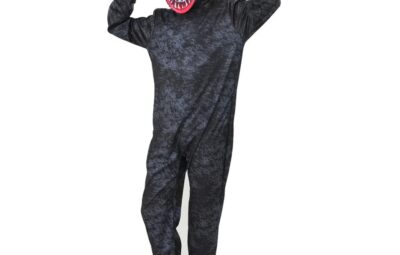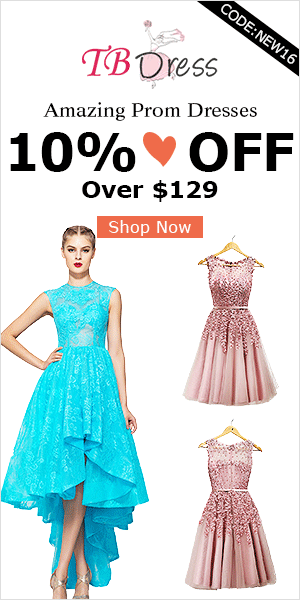Apart from businesses such as high fashion boutiques (at one end of the scale) and dime stores (at the other), most retailers look to sell a mixture of expensive and cheap products. This is simply a good way of doing business for general retailers, whether they be ecommerce sites or physical stores.
The reason for this is simply that this approach allows you to reach as many customers as possible. The products are only expensive and cheap for the customers. For retailers, the principle that you will sell more cheaper items for less, and less expensive ones for more pretty much evens things out. It is all about profit margin, not actually the cost of the items themselves.
Understanding Profit Margin
Margin is defined as the difference between the cost of an item to you, and the amount you sell it for. For low-cost items, this usually means the difference between the cost (per unit) as a product from a wholesaler, and price you will bring in (also per unit) when you sell it in your store.
However, strategically choosing the best low-cost items to stock needs to take into account more than just each item’s profit margin. You are selling the product in your store, so what that margin is would be up to you – but there is only so much the market can bear. If you purchase an order of bulk sunglasses, to take an example, and price them ridiculously above the suggested retail price, then you’re not going to sell any.
To continue with the bulk sunglasses example, Olympic Eyewear, a wholesaler supplier of designer-like shades, recommends that their glasses sell for a couple of dollars per unit. That could be advice that you, as a stocker of their glasses, decide to go with or not. Nevertheless, the recommended retail price will suggest a margin when reckoned against the cost of the wholesale order. All low-cost products are like this, so it is possible to accurately compare.
What Makes for a Good Low-Cost Product to Stock?
Everything said so far really does count as among the rudimentary rules of retail, but we can, and should, get a little more complicated and consider the other factors that make for a good low-cost product to stock. Here are some tips on how to choose:
Calculate Overall Profitability
Of course, the amount you pay for the wholesaler orders and the amount you sell each unit for are not the only costs involved. You also need to consider things like packaging costs, shipping costs, seller fees, and tax on income. Once you reckon all of this up and subtract it from the cost of selling different products, you’ll have a much better idea of the real profitability of each product – in other words, your margin.
Can You Shift Them?
Are you selling ice to the polar bears? You might find low-cost products with great profit margins, but the whole thing falls apart if you can’t actually shift them.
Consider Price Point
Even the aforementioned overall profitability isn’t the only thing you should consider. There’s also price point. This a range of prices at which something can be sold. To take a hypothetical example, you might find hair brushes at $0.50 per unit from the wholesaler and they might sell well priced at around $2.50. That’s a good profit margin but you’re going to have to sell a lot of hairbrushes! Maybe you can, and that’s great, but this is certainly a consideration to keep in mind before selecting a low-cost product to sell.
Stocking low-cost products is popular and can work out very profitably. But things aren’t quite as simple as you might initially expect.












